Outrank Competitors: Rank Higher with Listing Optimization on Etsy
About the Client Shop Name: CrystalHealStore Marketplace: Etsy Focus: Bohemian & Ayurvedic-Inspired Fashion Location: Global
Shopify vs Woocommerce is the burning question not only in your mind but among thousands of online merchants aspiring to kickstart their online store. This dilemma to choose the right e-commerce platform revolves mainly around the website (online store) maintenance difficulty level and security. But, not limited to it. It also expands to multiple other factors
It will be a series of several blogs each with deep dive into the nitty gritty of important parameters (that can’t be overlooked) compared between Shopify and WooCommerce
In this post, we will discuss which platform enables better speed optimization and reach a concrete conclusion. As a result, you will be confident when choosing the best of the two most popular e-commerce platforms in terms of speed.
Website (online store) speed plays a key role in influencing the success of your online store.Undoubtedly, slow website speed (3 seconds or more) is the primary cause of high bounce rates and poor conversion rates, resulting in losing revenue and angry shoppers.
The experience of stuck transactions during checkout due to slow page speed will enrage the customers. They expect a seamless experience. But waiting longer than expected will make them feel cheated and kill the joy of shopping and you will never want that to happen.

Shopify is a fully hosted platform capable of looking after hosting, maintenance, and security. Therefore, technical knowledge is not mandatory to kickstart selling on Shopify.
WooCommerce being self-hosted requires sellers to look after the critical aspects of online stores like hosting, maintenance, and security. Although the seller gets more control over the website and its configuration, it demands a high level of technical knowledge.
Shopify (for novice sellers) and WooCommerce (for tech-savvy sellers)
The CDN is a network of servers spread across the globe and its job is to automatically redirect the user to the server closest to his location. As a result, data has to travel less distance, and page load speed is significantly increased.
It also saves the website (online store) from crashing during high traffic (thousands of users trying to simultaneously access the website) by evenly spreading out the load on multiple servers.
Shopify
Overly large images can drastically slow down website page load time. It will negatively impact the shopping experience (even more when the shopper is in a hurry), resulting in customers switching the online store to another website.
Therefore there is a dire need to compress image size (without compromising on image quality) to speed up the page load time for a lower bounce rate and better customer engagement. Let see how Shopify vs Woocommerce stand face to face in terms of image optimization
Google considers fast-loading websites as a decisive factor for ranking on SERPs.Moreover, slow-performing websites are sent down to the bottom of search results by Google and get comparatively fewer customers.
Shopify (for promising 50% size comparison without compromising on quality)
The Pro Tip – Compress The Images – Decrease image sizes using lossless compression. It will ensure no adverse impact on image quality.
Well-optimized code will have a positive impact on website speed. A poorly written code takes longer to load, putting extra strain on the server.
Faster page load time, enhanced server efficiency by efficiently processing requests, and improved search engine ranking are the big benefits of code optimization.
Shopify (for saving loads of time )
Cache management is another critical parameter without which Shopify vs WooCommerce debate is incomplete. Both platforms offer cache management. Cache temporarily stores copies of frequently access data that is easy to retrieve avoiding the need for generating same content. Therefore, capable of significantly influencing the website speed and eventually the user experience.
Shopify (due to its robust and automatic cache of frequently accessed data which requires no configuration)
There is no denying that the battle between Shopify vs WooCommerce is incomplete until the mobile optimization front comes into play. After all, mobile apps score high on convenience and enable on the go monitoring of online stores is a big reason online sellers will never ignore them.
Few Facts To Consider Mobile Optimization On Serious Note
These are quite a few strong reasons to ensure your Shopify storefront looks great and work fine on all devices with varying screen size.
Both platforms have taken care of mobile optimization but are a bit different. Let’s decode it and make it easy to understand.
Mobile-Ready Themes – It has a plethora of professionally designed, aesthetically appealing, and mobile-responsive themes. These are well optimize to enable a seamless shopping experience on devices with different screen sizes.
Built-In Mobile Optimization – Shopify sellers need not worry about caching and content delivery. All server-side optimizations are responsibility of Shopify. As a result, it speeds up page load time and ensures optimal performance on mobile devices.
Extensive Customization Options – WooCommerce allows sellers to customize numerous elements of their theme. Therefore, giving better control over
Also, making it easy to rearrange product listings, add featured products or promotions, and incorporate customer reviews. It paves the path toward a smooth mobile shopping experience. As a result, shoppers can navigate in no time to products on their wish list.
Functionality Customisation – Choosing from a range of available add-ons and plugins it gets easy to extend the functionality of the store. Like implementing mobile-specific payment gateways to streamline the checkout process or boosting user experience on mobile devices with add AMP (Accelerated Mobile Pages) functionality.
Opting for well-coded themes and ensuring plugins stay updated will help WooCommerce sellers to deliver a faster mobile shopping experience.
It’s a tie, as both e-commerce platforms provide equal opportunities to leverage mobile optimizations and enhance the shopping experience on mobile devices irrespective of screen size.
The Pro Tip – Just One Hero Image – Instead of uploading 4-5 high-quality images it is best to use one appealing image that delivers just the right messaging about your business objectives. As a result, there is a significant decrease in website speed.
There are multiple ways of leveraging third-party integrations to boost your store functionality and make it perform to its best.
Partners Major Service Providers – The partnership with Facebook, Instagram, Google, and Pinterest makes seamless integration with third party tools easy and effortless.
Developer Tools – There is no dearth of dev tools and API. Hence, it is easy to develop and integrate custom integrations that are in line with business requirements. It improves functionality. These can be ERP (Enterprise Resource Planning) software, CRM (Customer Relationship Management), marketplace integration, and more.
Extensive Plugin – WooCommerce plugin directory boasts off thousands of free and premium plugins. These will be hugely beneficial in the form of payment gateways, shipping options, marketing tools, SEO optimization, and more.
Huge and Active Community – The community of WooCommerce developers designers, and enthusiasts are active participants in knowledge sharing and providing assistance for improving the platform’s functionality.
As a result, various integration solutions are available and more will develop with the intention to enhance WooCommerce store productivity.
Both Shopify and WooCommerce because choice between the two platforms depends on your specific integration needs and preferences.
Your online store speed can make or break your customer mood. There is a direct correlation between page load time and conversion rate. Shopify is more suitable for sellers without in-depth know-how of coding.
WooCommerce on the other hand, has room for more flexibility but demands a certain level of tech expertise. You can choose the platform as per your business orientation and technical expertise.
Shopify scores high on for its simplicity and WooCommerce attracts the sellers for being versatile. There is no dearth of options to optimize speed on both platforms. After all, irrespective of product cost effectiveness and premium quality, slow loading checkout pages will annoy your customer.

About the Client Shop Name: CrystalHealStore Marketplace: Etsy Focus: Bohemian & Ayurvedic-Inspired Fashion Location: Global
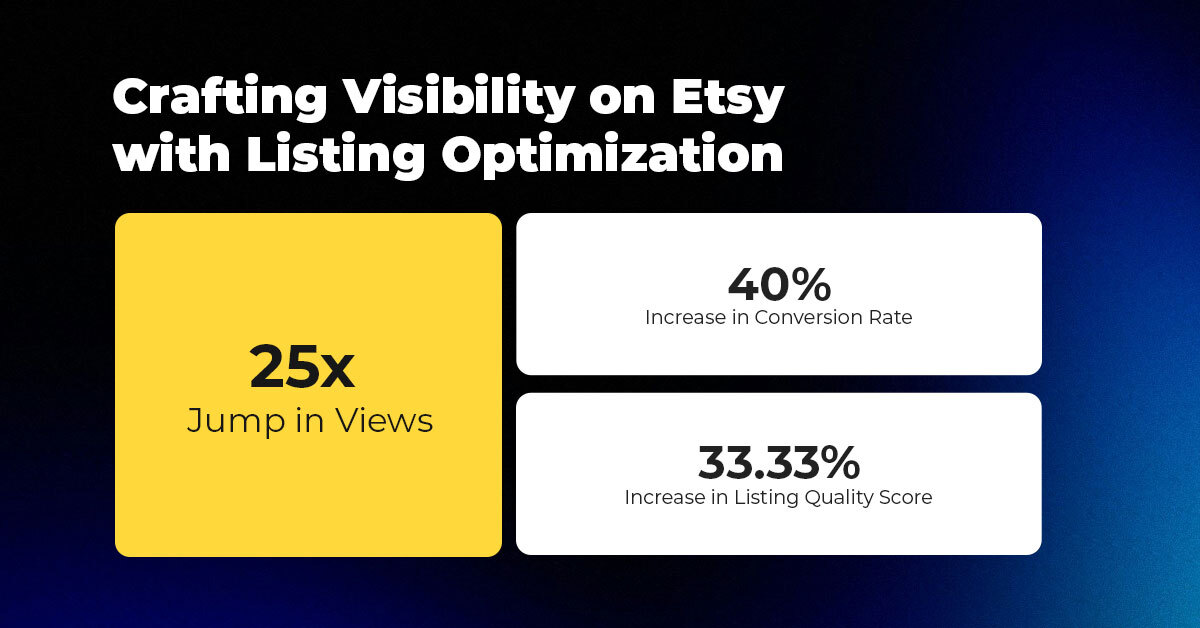
About the Client Shop Name: PinwheelCraftsStore Marketplace: Etsy Focus: DIY Craft Kits for Kids Location:

It just took one Black Friday crash for Gymshark to realize their growth had outpaced
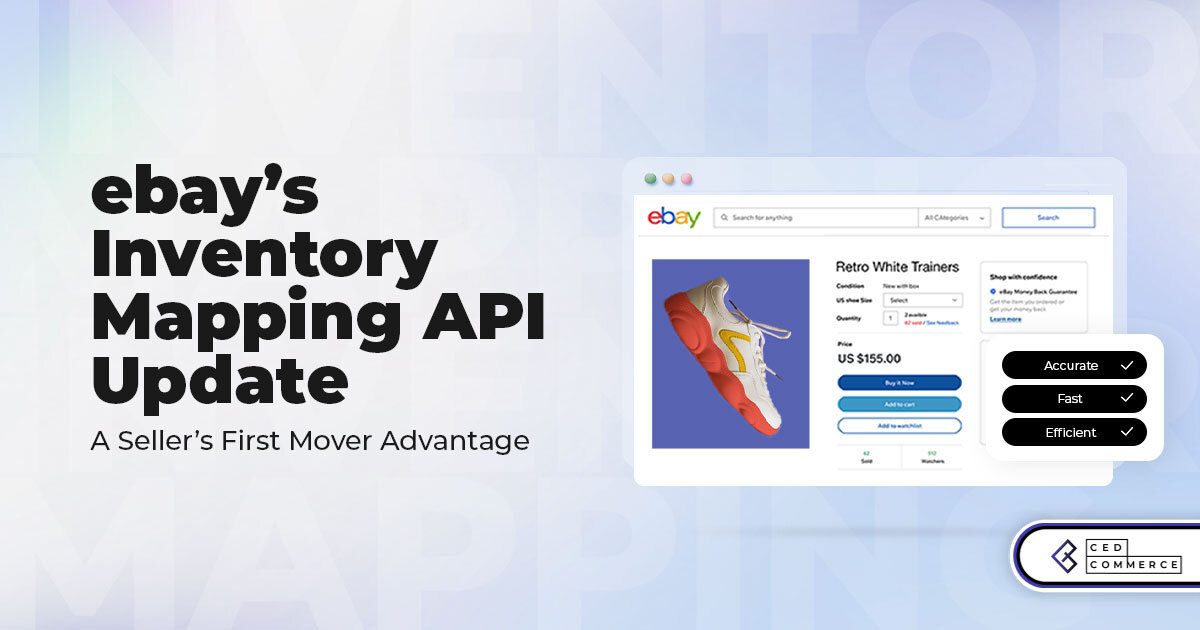
It takes on average 5 to 10 minutes to list a single product on the
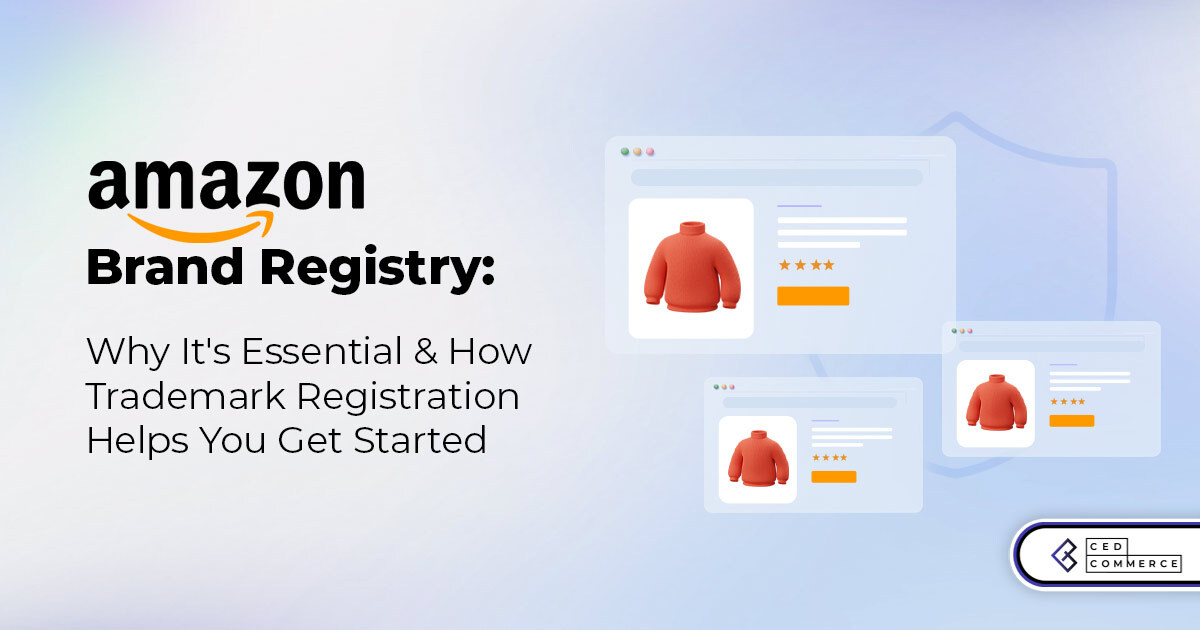
With millions of sellers on Amazon, protecting your brand has never been more important. Counterfeit

TikTok isn’t just setting trends anymore — it’s rewriting the playbook for performance marketing, creative
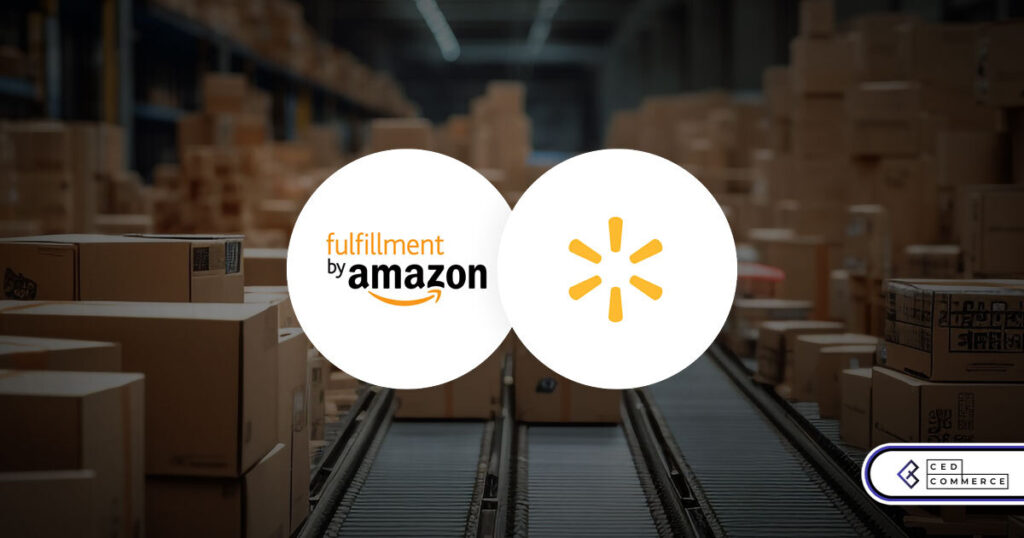
In a significant development for online retailers, Walmart has officially updated its policies to permit
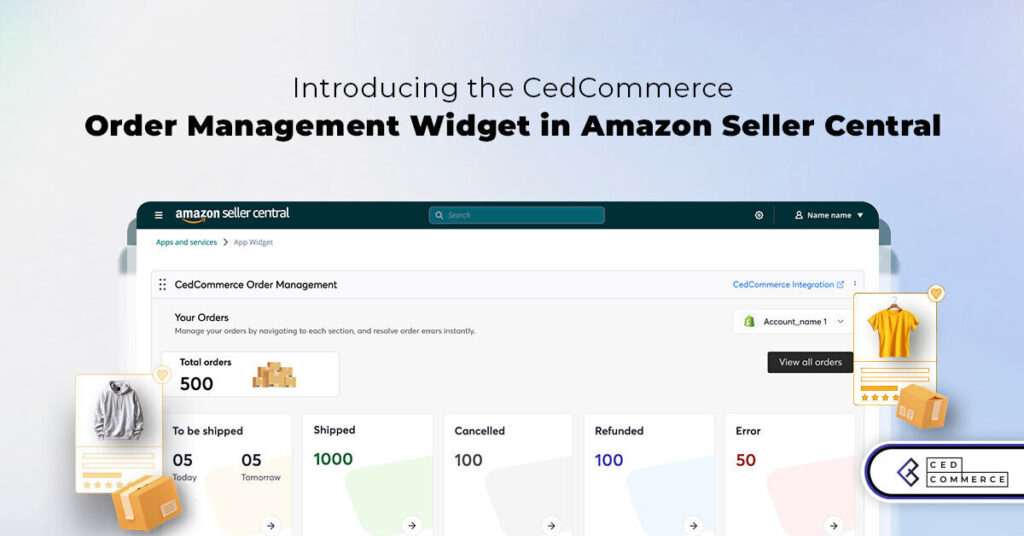
Are you encountering issues with Amazon order management across various sales channels? If so, everyday

A Deep Dive into Selling Smart on TikTok Shop UK, TikTok Shop US, and TikTok
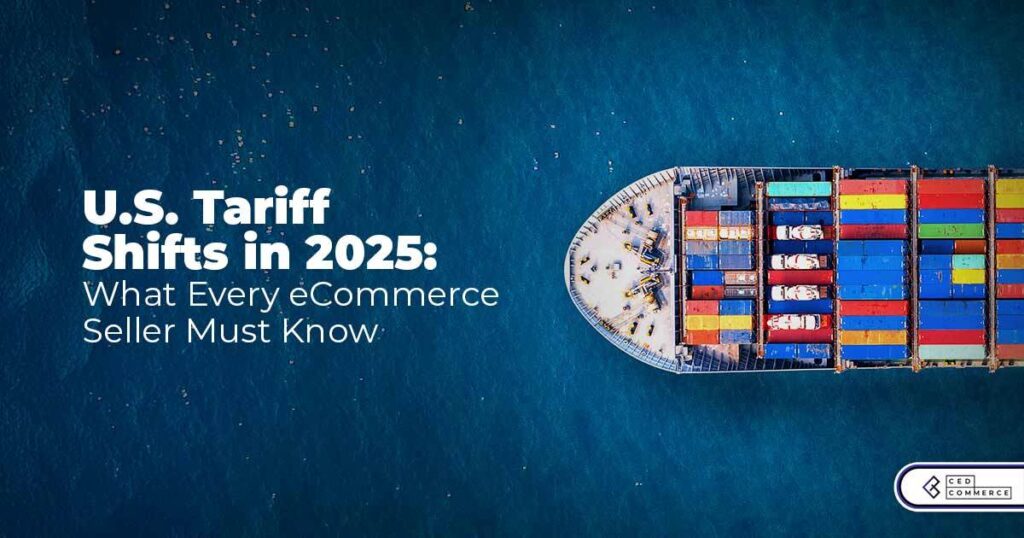
In a world where cross-border commerce fuels eCommerce growth, tariffs are no longer just policy

In the world of eCommerce, visibility is everything—and Walmart Marketplace is no exception. With thousands

In what comes as a major relief for TikTok and its millions of users in

In a move aimed at enhancing product quality and boosting buyer confidence, TikTok Shop has

Selling on Amazon offers immense opportunities, but one of the most crucial decisions sellers face
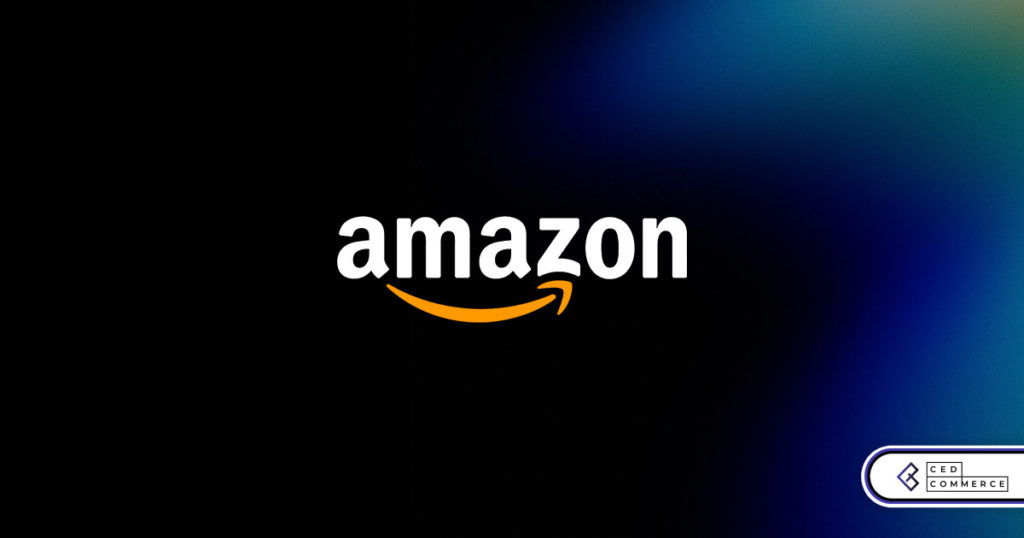
Amazon is doubling down on AI-driven selling tools, introducing a new AI-generated product enrichment pilot
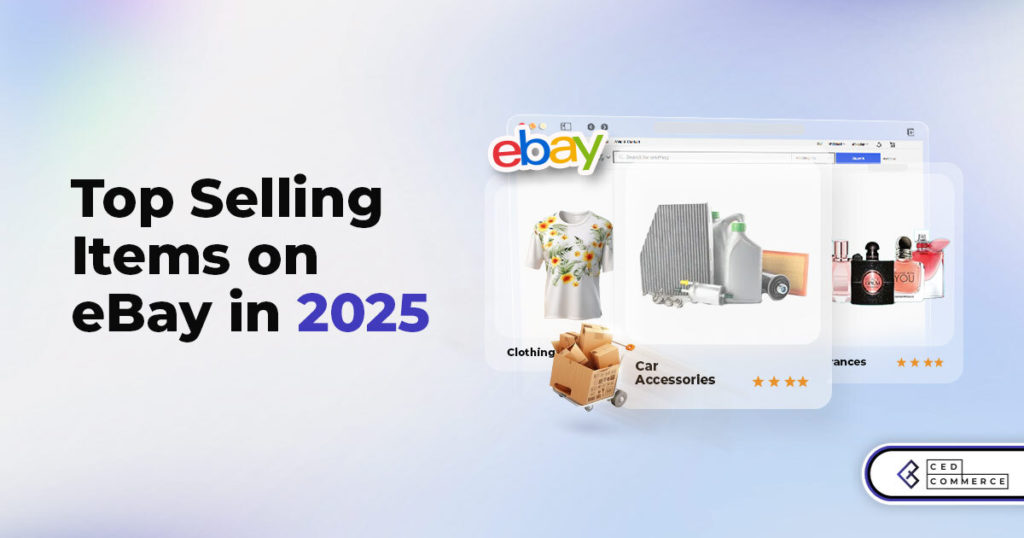
With over 17.6 million sellers on eBay marketplace, cracking the code behind the top selling

Amazon is doubling down on artificial intelligence, introducing the AI-powered ‘Interests’ feature that automatically finds

U.S. President Donald Trump has hinted that a TikTok deal is on track before the
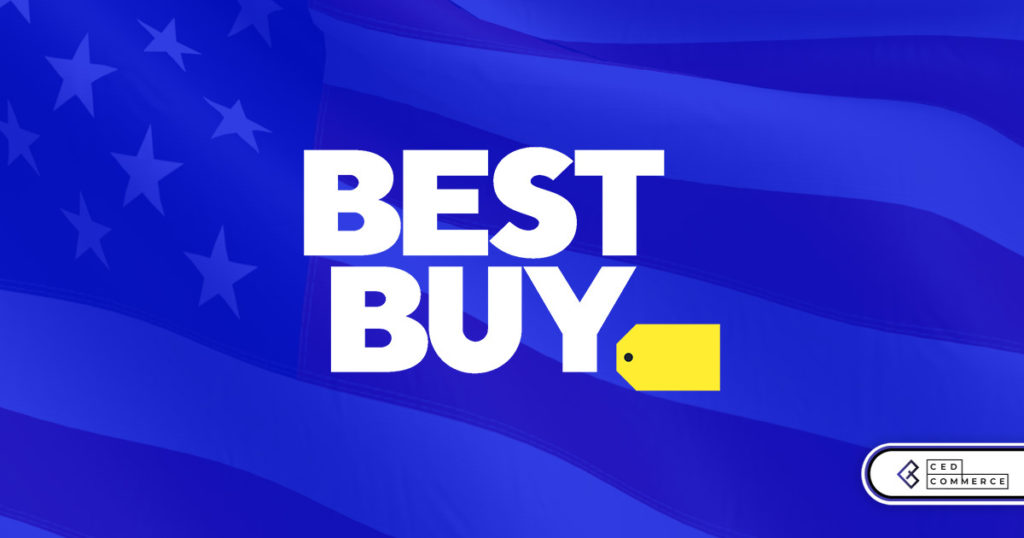
Nearly a decade after closing post its first attempt, Best Buy is returning to the

PrestaShop has long been a leading name in European eCommerce. With its flexibility, user-friendly interface,